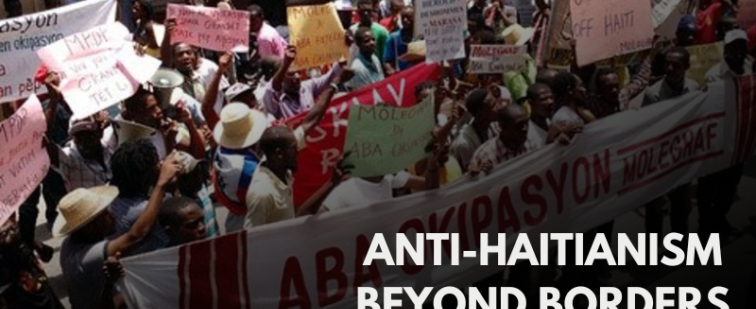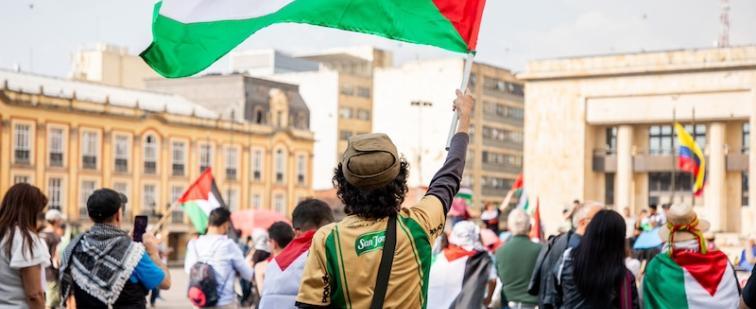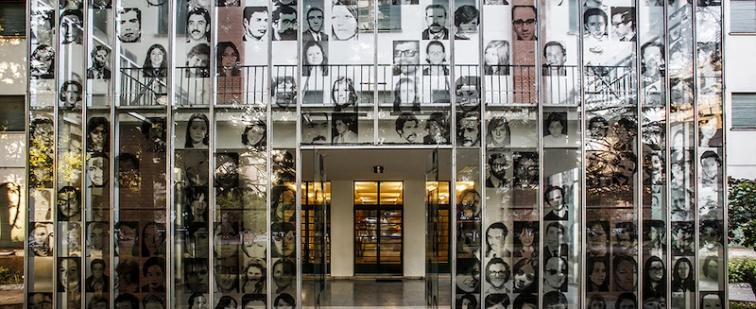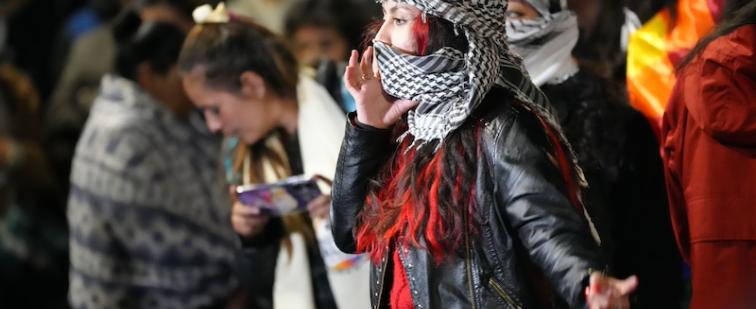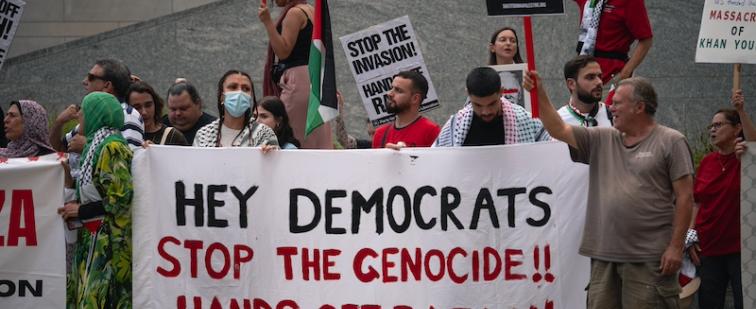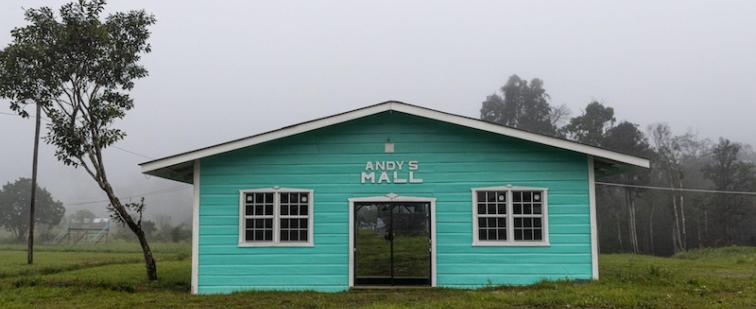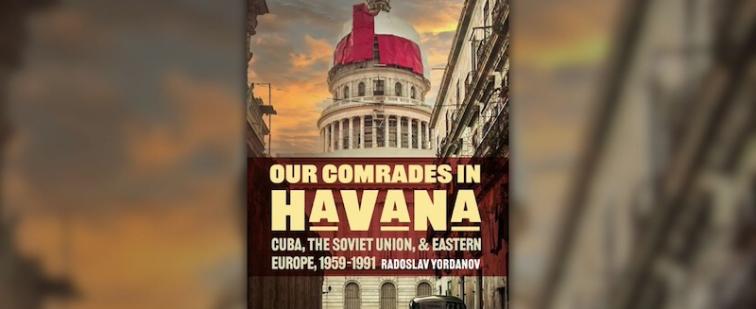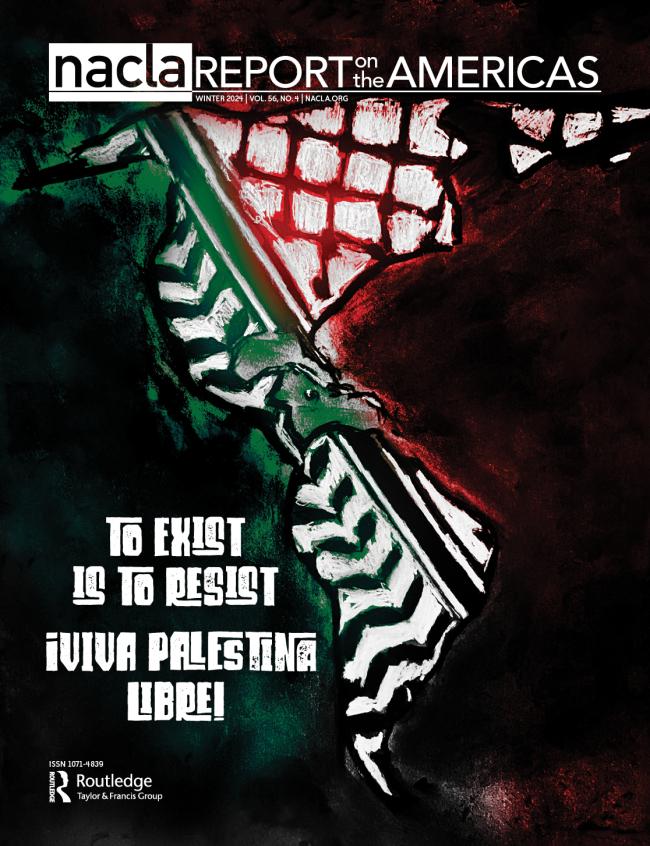Home
With the U.S. military's lease on its base in Manta, Ecuador set to expire in 2009, a new report suggests U.S. military operations in South America might have found a perfect new home in central Colombia's Palanquero air base, one of the region's most state-of-the-art military installations.
On May 12, Immigration and Customs Enforcement (ICE) carried out its largest ever mass arrest at a single worksite, seizing 389 of the 970 employees at the Agriprocessors kosher meatpacking plant in Postville, Iowa.
In a civil conflict such as the one in Colombia, propaganda is an important weapon. It is difficult for journalists and analysts to independently investigate the reality on the ground and so statistics and information are obtained from a variety of sources in order to draw conclusions. However, the mainstream media in the United States is often over-reliant on two sources: Colombian and US government officials. Not surprisingly then, it is the perspectives of the Colombian and US governments that inevitably dominate most news reports. By comparing conflict trends and human rights statistics with media coverage of Colombia's violence, it is possible to understand why and how the public's perception of the conflict has been distorted.
In the highlands of Jujuy province, the Warmi women created their own economic model. These perseverant women in northwestern Argentina received a call from Harvard—the academics wanted to know how they did it.
The Latin America Solidarity Coalition (LASC) is standing by one of its founding members, the Committee in Solidarity with the People of El Salvador (CISPES), which is being harassed and intimidated by the U.S. Department of Justice. The government accuses CISPES of being the agent of a foreign government. Sign on to the open letter to reject the criminalization of U.S. solidarity with the people of Latin America.
Venezuela analyst Steve Ellner in his new book unties the knots of Venezuelan history providing the reader a better understanding of the present. The book offers a penetrating examination of chavismo’s stages, internal currents, and strategies, as well as Chávez’s foreign policy.
A series of photos allegedly found on the laptops of Raúl Reyes, the FARC leader killed when the Colombian government bombed and raided a FARC encampment across the Ecuadoran border, appear to have actually been taken by Colombian intelligence agents—or by allied police or intelligence agents—in Quito, Ecuador.
Mexico suffers from a resilient tradition of impunity: the propensity of rulers and contenders alike to place themselves above the law. The student movement of the 1960s and 1970s carried the torch against impunity, but was brutally repressed. In 1989 the Party of the Democratic Revolution (PRD) was formed to carry on the struggle, but by 2008, as the party’s “tribes” vie for power, the PRD itself has reverted to the tradition of impunity within its own internal politics.
 |
Tijuana’s links to San Diego go back centuries: from a dusty stopping point during the Mexican-American War, to the booming prohibition-era party town for U.S. revel seekers. Since foreign-owned factories moved in and businesses across the border looked for workers, Tijuana has become a reservoir of cheap local and cross-border labor, aggravating the city’s enduring social and economic problems.
 |
New security measures and plans for a massive border station threaten the fragile border economy of San Diego-Tijuana. Those most affected by these changes will likely be cross-border workers, family-run businesses, and small communities—on both sides of the border.

